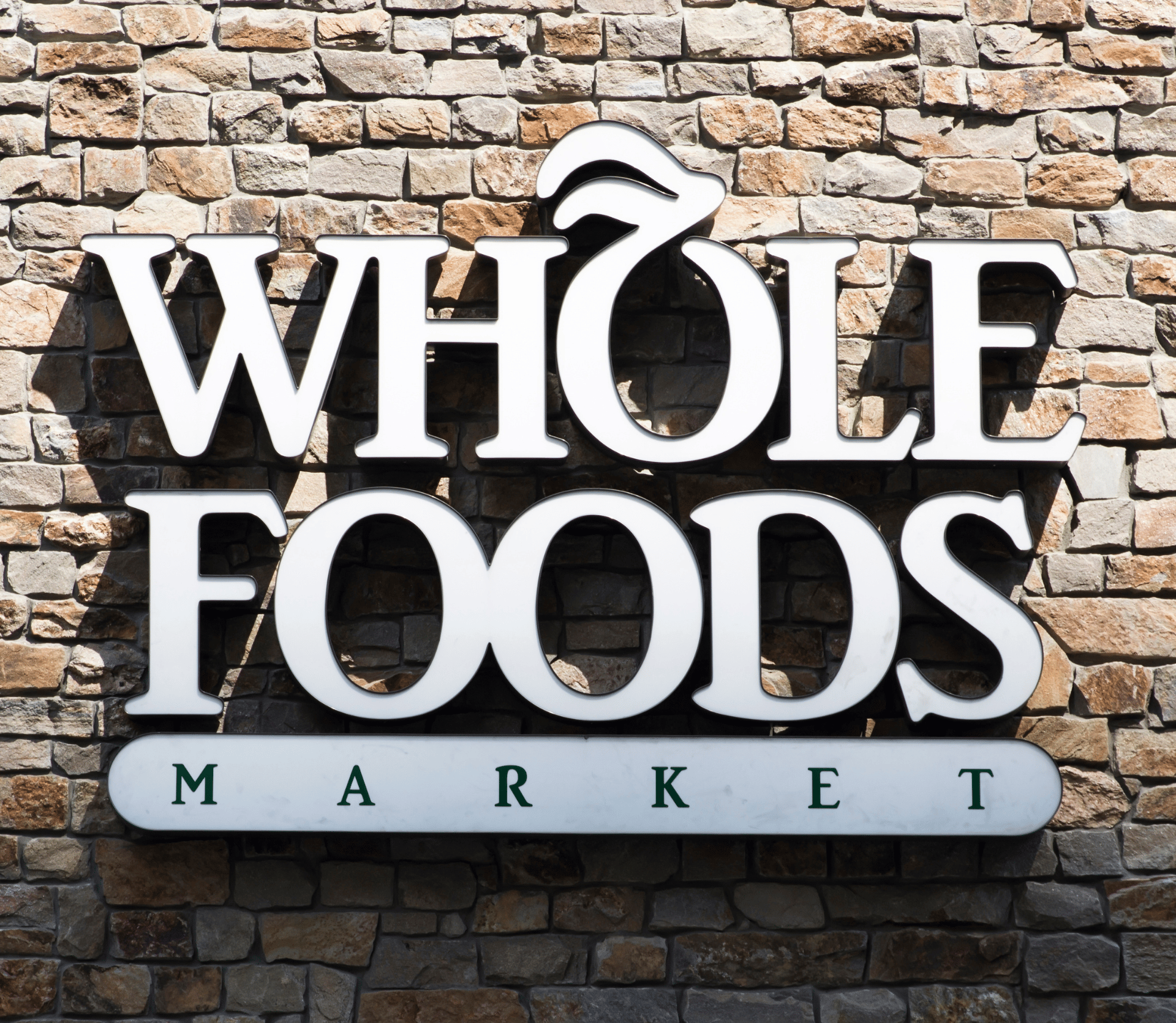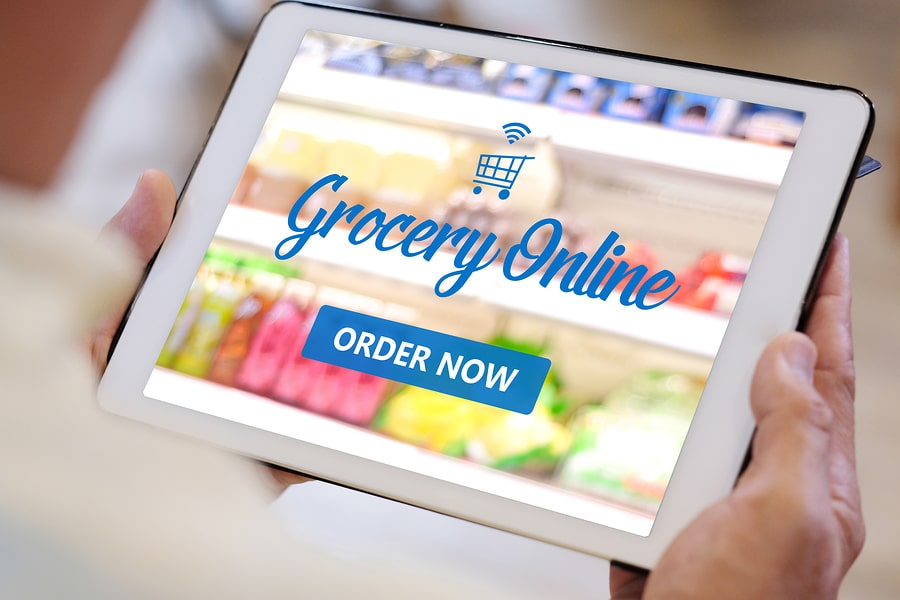
Amazon Prime Members Sue Company for Discontinuing Whole Foods Free Delivery as Prime Benefit
Two Amazon Prime members in California are suing the Seattle-based company for discontinuing free two-hour delivery for Whole Foods orders of $35 or more, reports GeekWire. Seeking class-action status, the plaintiffs argue that Amazon breached their contract with Prime members and violated Washington’s Consumer Protection Act, while generating record profits, according to Top Class Actions. The plaintiffs said this benefit was one of the primary reasons they signed up to become Prime members.
“Amazon has engaged in unfair business practices, breached its duty of good faith and deprived Prime members of the benefit of their bargain,” says the lawsuit, according to The Seattle Times.
The lawsuit alleges that Whole Foods grocery delivery customers who tried to cancel their Prime memberships because of the change were not able to refunds under Amazon Prime’s refund policy.
“Hundreds of thousands, if not millions, of Amazon Prime members paid for a membership because they wanted to take advantage of Prime’s free Whole Foods delivery service. As a result of Amazon’s unfair business practices, consumers paid $119 for a service that was unfairly terminated,” says the lawsuit, which was filed in U.S. District Court in Seattle on May 31.
In a separate lawsuit, another Prime member in California alleges Amazon mislead shoppers with ads that promised free delivery from Whole Foods as a benefit of their Amazon Prime subscription, says The Seattle Times. The ads appeared on Amazon’s website, in print and on TV, but the plaintiff says the company added a “hidden delivery fee,” calling it a service fee.
Amazon has not publicly commented on the lawsuits.

Free delivery stopped in October 2021
Amazon started offering free Whole Foods grocery delivery in February 2018, after acquiring Whole Foods in 2017 for $13.7 billion. However, after grocery deliveries tripled for Whole Foods between 2019 and 2020, Amazon added a $9.95 surcharge per delivery in October 2021 to cover their increased costs.
“Growth of delivery drives operating costs that we do not want to shift to product prices,” said Stephanie Ferragut, a spokesperson for Whole Foods, in a statement.
Amazon Prime price increase
A Prime membership is currently $139 per year, a $20 price increase made earlier this year by Amazon. Members who pay monthly will see a $2 increase per month, going from $12.99 to $14.99 a month, equaling a $24 increase per year. For new members, the price increase was effective on February 18. For existing members, the price increase went into effect after March 25 on their next renewal date. For example, if a subscriber’s annual renewal date is August 1, their price would not increase to $139 until August 1, 2022.
“With the continued expansion of Prime member benefits as well as the rise in wages and transportation costs, Amazon will increase the price of a Prime membership in the U.S…,” Amazon said in a February 3, 2022 earnings release. “This is the first time Amazon has raised the price of Prime since 2018.”
Amazon Prime’s enrollment tactics.
In a related matter, the Federal Trade Commission is investigating Amazon Prime’s enrollment tactics to see if Amazon is tricking people into signing up for their subscription service. The investigation started several years ago with a focus on how the ecommerce giant gets people to enroll in Amazon Prime, reports Gizmodo. Specifically, the FTC wants to know if the company is using, or has used, manipulative language, user experience, design and other tactics – called dark patterns – to entice unsuspecting shoppers into signing up for a costly Prime membership.
Insider Take
This is a tricky one. We can see why Amazon Prime members would be disappointed in the $9.95 Whole Foods grocery delivery surcharge. For a household that order groceries every other week, the additional cost is $258.70, on top of the Amazon Prime annual fee. At the time the surcharge was imposed, Amazon Prime was $119 a year, costing households $377.70 per year for a Prime membership and grocery delivery fees. Removing that free delivery benefit would be costly for those customers. At the same time, Amazon added the fee to cover the growing costs of increasing their labor force, adding delivery vehicles and sometimes outsourcing deliveries to third-party last mile delivery services.
The big question is did Amazon have a legal right to add the surcharge, eliminating free delivery altogether, and if so, how did they handle the notification process. According to CNN, Amazon emailed Amazon Prime members to notify them of the $9.95 delivery fee in mid-September 2021. The answer would seem to lie within the company’s terms and conditions. Does Amazon reserve the right to change the benefits of an Amazon Prime membership at any time? If so, what is the notification process and how are refund requests handled?
- Filed in Business Operations, Consumer Services, Memberships, News





